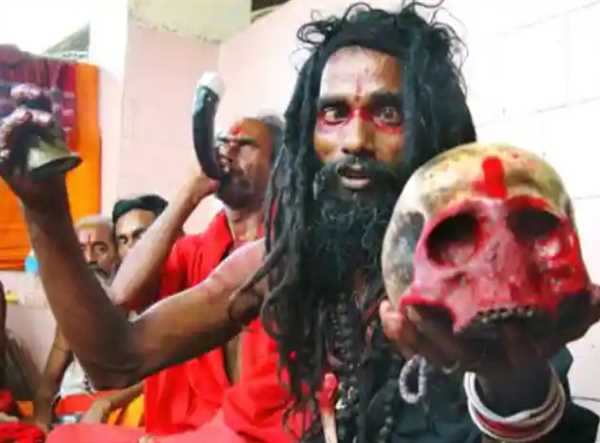The Reality of Aghoris in Kamakhya Temple, India
Aghoris are a small sect of Hindu ascetics who are known for their extreme practices and rituals. They are often associated with the goddess Kamakhya, who is worshipped at the Kamakhya Temple in Assam, India. Despite their notoriety, very little is known about the reality of Aghoris and their lives in the Kamakhya Temple.
Aghori Practices
Aghoris are known for their extreme religious practices, which often involve living in cremation grounds, smearing ashes on their bodies, and eating food from human skulls. These practices are seen as a way of overcoming the fear of death and embracing the transience of life. Aghoris believe that these practices help them to attain spiritual liberation and to attain a state of union with the divine.

Life in Kamakhya Temple
Despite their reputation, the reality of Aghoris living in the Kamakhya Temple is much more nuanced. Aghoris who live in the temple are often respected for their spiritual knowledge and devotion to the goddess Kamakhya. They are seen as holy men who have dedicated their lives to the worship of the goddess, and they are often sought out by devotees for blessings and advice.
Despite this, Aghoris in Kamakhya Temple also face many challenges. They often live in poverty, relying on the donations of devotees for their survival. They are also subjected to discrimination and ridicule, particularly from those who do not understand their practices or beliefs.
Conclusion
In conclusion, the reality of Aghoris living in the Kamakhya Temple is complex and multifaceted. Despite their reputation for extreme practices, Aghoris in the temple are often respected for their spiritual knowledge and devotion to the goddess. However, they face many challenges, including poverty, discrimination, and ridicule. Despite these challenges, Aghoris remain a vital part of the spiritual fabric of India, and their practices and beliefs continue to inspire and challenge devotees and scholars alike.